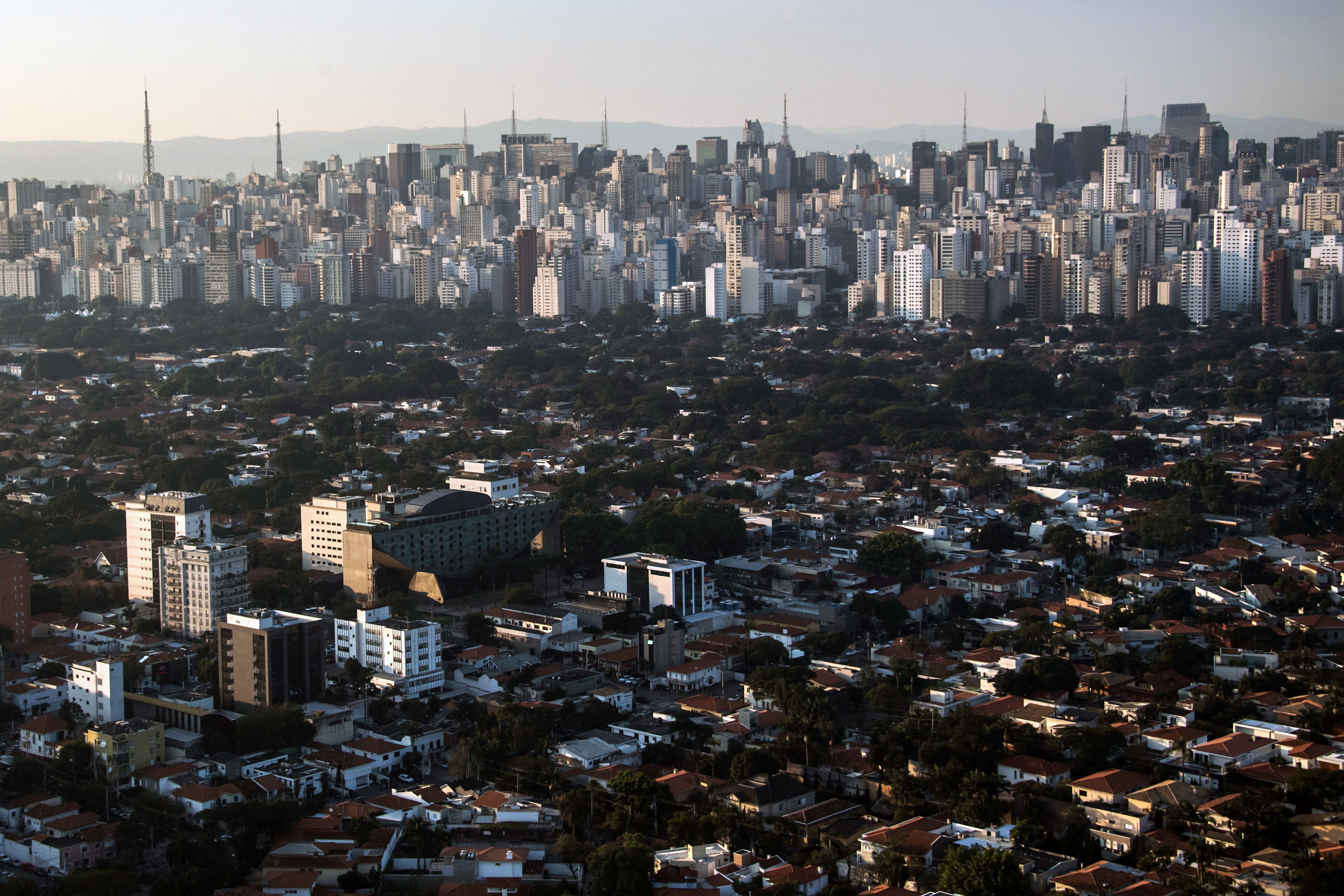Cities urged to build upwards but ditch skyscraper obsession
Some 70 per cent of the world’s population is expected to live in urban areas by 2050

Your support helps us to tell the story
From reproductive rights to climate change to Big Tech, The Independent is on the ground when the story is developing. Whether it's investigating the financials of Elon Musk's pro-Trump PAC or producing our latest documentary, 'The A Word', which shines a light on the American women fighting for reproductive rights, we know how important it is to parse out the facts from the messaging.
At such a critical moment in US history, we need reporters on the ground. Your donation allows us to keep sending journalists to speak to both sides of the story.
The Independent is trusted by Americans across the entire political spectrum. And unlike many other quality news outlets, we choose not to lock Americans out of our reporting and analysis with paywalls. We believe quality journalism should be available to everyone, paid for by those who can afford it.
Your support makes all the difference.Taller buildings are key to enhancing quality of life as the world’s urban population grows, but cities should not become obsessed with skyscrapers and must prepare for horizontal expansion as newcomers arrive, the World Bank said on Wednesday.
Urban build-up worldwide grew by 30 per cent between 1990 and 2015, with new buildings covering an area roughly the size of Sri Lanka, the bank said in a report that was based on satellite data analysis of almost 10,000 cities.
In poor countries about 90 per cent of new buildings sprung up at the edges of cities, extending their boundaries horizontally, while in rich nations about 35 per cent were built on empty sites within urban centres, the study found.
Such findings appear at odds with the main focus of urban planning in recent years, which has been to create compact cities by building upwards.
But the report’s co-author, Somik Lall, said that while taller buildings and high-density cities do bring benefits, such a model should be adapted to local conditions.
“The obsession should not be about building skyscrapers but the passion should be about building liveable cities,” Lall, the World Bank’s lead urban economist, told the Thomson Reuters Foundation by phone.
Whether urban hubs grow vertically, horizontally or within existing spaces is tied to economic demand, the report said.
With about 70 per cent of the world’s population expected to live in urban areas by 2050, up from 55 per cent at present, cities should plan to accommodate all three types of development or risk facing uncontrolled sprawl, overcrowding and congestion, Lall said.
Low-income cities tend to look like “pancakes”, growing wide and flat, as newcomers crowd into low-built quarters or settle on the outskirts where land is cheaper, according to the report.
As incomes grow, so do buildings, with richer cities taking the shape of “pyramids”, the research found.
Pyramid-shaped cities are generally more liveable — allowing inhabitants to enjoy more floor space in a dense environment — and more productive, as the reduced distance between workplaces and employees boosts productivity, the report said.
They are also better for the environment as sprawling peripheries encroach on surrounding natural areas and often lack adequate transport links, fuelling traffic and pollution.
“If managed well, cities that take a more pyramid-like shape can provide an impetus to accelerate sustainable development by getting people out of cars, cutting commute times and limiting greenhouse gas emissions,” Lall said.
Yet, cities cannot leapfrog from “pancake” to “pyramid” with planning regulations alone, as new built central high-rises risk remaining vacant if people cannot afford to live in them, the World Bank researchers said.
For developing cities in particular, it is vital to prepare for horizontal expansion, building transport links and basic infrastructures to ensure liveable conditions on the outskirts and lay the groundwork for future development, the report said.
“The Covid-19 pandemic has highlighted the life and death implications of crowded neighbourhoods that are ill-equipped to curb the spread of disease,” Juergen Voegele, the bank’s vice president for sustainable development, said in a foreword.
“As countries slowly extricate themselves from the pandemic, planning for a better urban future requires understanding the forces that have shaped the cities we inhabit today.”
Thomson Reuters Foundation
Join our commenting forum
Join thought-provoking conversations, follow other Independent readers and see their replies
0Comments